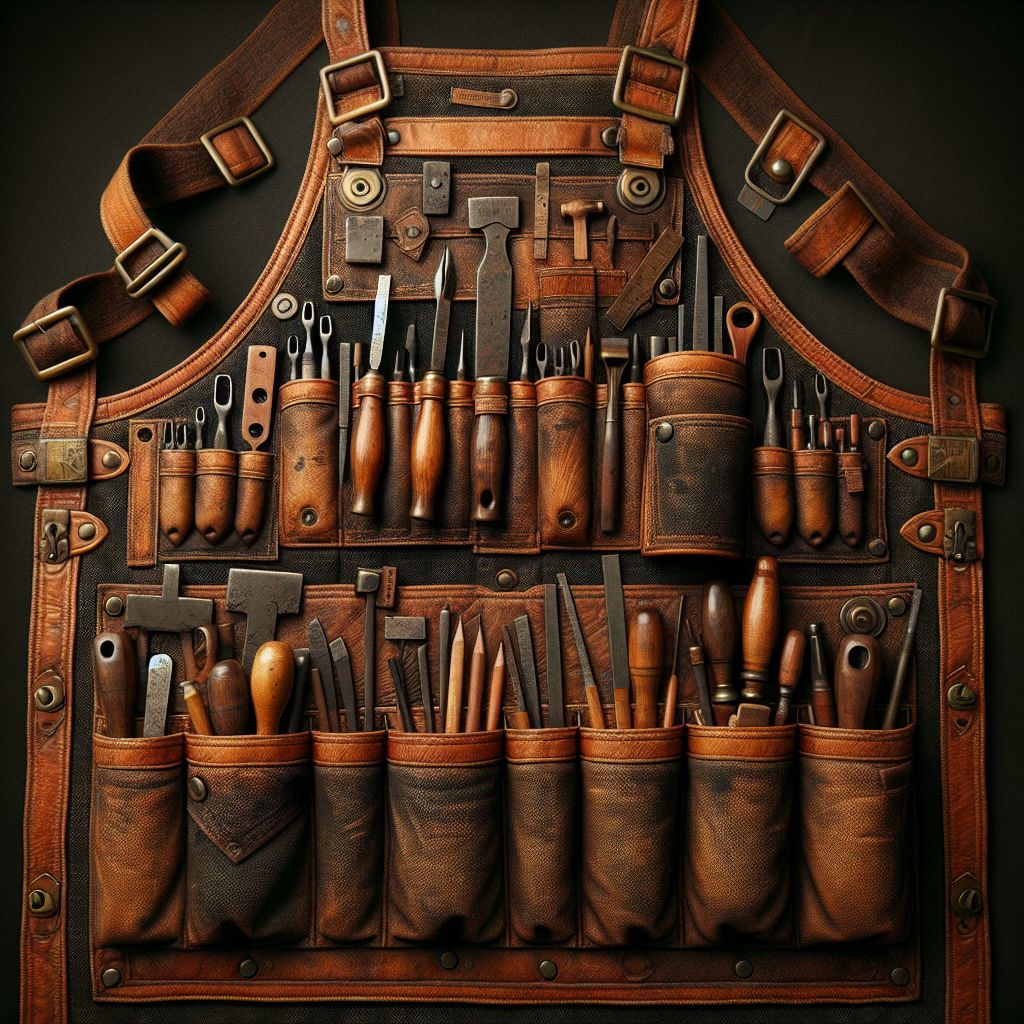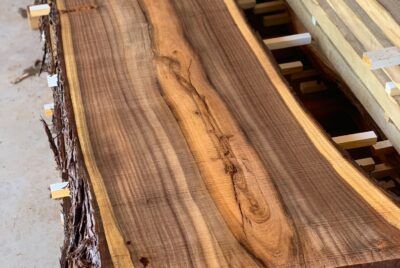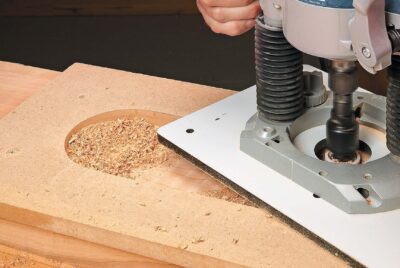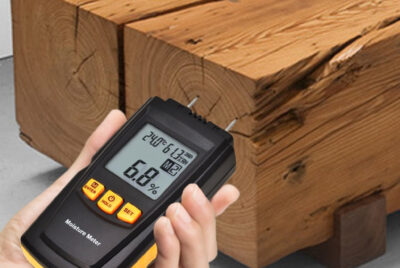Woodworking Aprons: Best Types, Materials, and Features
Article-at-a-Glance
- The woodworking apron – Understanding the importance for different woodworking tasks.
- Comparing the pros and cons of canvas, leather, and denim aprons.
- Essential features to look for in a woodworking apron, including pocket placement and durability.
- How to care for your apron to ensure it lasts as long as your passion for woodworking.
- Top recommended aprons for every type of woodworker, from hobbyists to professionals.
Choosing the Right Woodworking Apron
When you’re sawing, sanding, or finishing, the last thing you want is to ruin your clothes or, worse, get injured. That’s where a good woodworking apron comes in. It’s not just a piece of cloth; it’s your first line of defense against the mess and hazards of the workshop. But how do you pick the right one?
Full-Length or Half: Finding Your Fit
There’s more to aprons than you might think. Full-length aprons provide maximum coverage, from chest to knee, making them ideal for messy jobs or when you’re working with tools that kick up a lot of dust and chips. Half aprons, on the other hand, might cover just from the waist down, which is perfect for tasks that are less messy or when you need more freedom of movement.
But remember, the best apron is the one you actually wear. So, think about what you’ll be doing most in your shop and choose accordingly.
- For heavy-duty work, a full-length apron with a bib is a must.
- If you’re moving around a lot or performing tasks that aren’t quite as messy, a half apron could be the way to go.
Material Matters: Canvas vs. Leather vs. Denim
The material of your apron is a big deal. Canvas is breathable and comfortable for long hours, leather is tough and offers the best protection, and denim is a middle ground, being both durable and comfortable.
Think about your workshop environment and what you’ll be up against. If it’s lots of sharp tools and hot sparks, leather might be your best bet. If it’s more about sawdust and the occasional splash of finish, canvas could serve you well.
Straps and Ties: Securing Comfort
How an apron fits can make or break your woodworking experience. Look for aprons with adjustable straps that won’t dig into your neck or back. Cross-back straps are a great option to distribute weight more evenly and avoid neck strain. Ties should be long enough to wrap around and tie in front for easy on and off.
Essential Features of Woodworking Aprons
Pocket Placement Perfection
Pockets are where your apron really shines. You want them to be easily accessible and the right size for your tools. Some woodworkers prefer a chest pocket for pencils and a rule, while others want larger pockets at the waist for hand tools.
And let’s not forget about specialty pockets. A pocket with a flap can keep sawdust out, while a loop can hold a hammer or tape measure within easy reach.
Stay tuned for the next section where we’ll dive into the nitty-gritty of durability, resistance, and the extra features that make an apron not just a piece of protective gear, but a woodworker’s trusty sidekick.
Durability and Resistance: What to Look For
When it comes to aprons, durability isn’t just a nice-to-have; it’s essential. You’re looking for an apron that can stand up to sharp tools, hot shavings, and the occasional splash of stain or finish. The material is key here – a thicker canvas, top-grain leather, or heavy-duty denim can take a lot of abuse.
But it’s not just the fabric that needs to be tough. Pay attention to the stitching – double-stitched seams or riveted joints are signs of an apron that’s built to last. And consider the hardware too; metal grommets and clasps are more durable than plastic ones.
Resistance to elements is another factor. If you work with a lot of liquid finishes or glues, look for an apron with a water-resistant coating. This will make cleanup a breeze and extend the life of your apron.
- Choose a heavy-duty material like thick canvas, top-grain leather, or heavy-duty denim.
- Look for double-stitched seams or riveted joints for added durability.
- Opt for metal hardware over plastic for longevity.
- Consider a water-resistant coating for easy cleanup and protection against liquids.
Most importantly, think about your woodworking habits. If you’re constantly brushing up against rough lumber, you’ll need an apron that can handle abrasion. If you’re more of a finisher, look for something that can resist chemicals and stains.
Additional Gadgets: Beyond the Basics
Woodworking aprons can come with all sorts of extra features that make your work easier and more enjoyable. For example, some have built-in shoulder pads to reduce fatigue during long sessions. Others have magnetic patches to hold onto screws and bits, or even loops specifically designed for holding tape measures or safety glasses.
And then there’s the convenience factor. Quick-release buckles can be a real time-saver, letting you slip in and out of your apron in seconds. Some aprons even have adjustable back straps that you can set and forget, so you’re not constantly readjusting.
Aprons in Action: Practical Tips
Once you’ve got your apron, it’s time to put it to work. Start by personalizing your pocket layout. Keep the tools you use most within easy reach. And if you’re right-handed, it makes sense to have your most-used pockets on the right side, and vice versa for lefties.
Another tip is to keep it light. It might be tempting to fill every pocket, but the more weight you carry, the quicker you’ll tire. Stick to the essentials and keep heavier tools on the workbench or in a tool belt.
Lastly, don’t forget about safety. Make sure nothing’s hanging out of pockets that could get caught in machinery. And if you’re using power tools, it might be wise to choose an apron with a smooth, snag-free surface to avoid any accidents.
- Customize your pocket layout for ease of access and efficiency.
- Limit the weight you carry in your apron to avoid fatigue.
- Ensure safety by keeping tools secure and avoiding loose fabric that could catch in machinery.
Caring for Your Apron
Look after your apron, and it’ll look after you. For canvas and denim aprons, a regular wash can keep them clean and flexible. Leather aprons, however, require a bit more care – use a leather conditioner to keep the material supple and protect it from cracking.
Optimizing Workspace Efficiency with your Apron
Your apron isn’t just a piece of clothing; it’s a tool. Use it to carry the things you need most, but also use it to streamline your workflow. By keeping everything in the same place every time, you’ll work faster and make fewer mistakes. It’s all about creating a rhythm in your work.
Top Picks for Every Woodworker
Now that we’ve covered what to look for, let’s talk about some top picks that meet these criteria. Whether you’re a weekend warrior or a seasoned pro, there’s an apron out there that’s perfect for you.
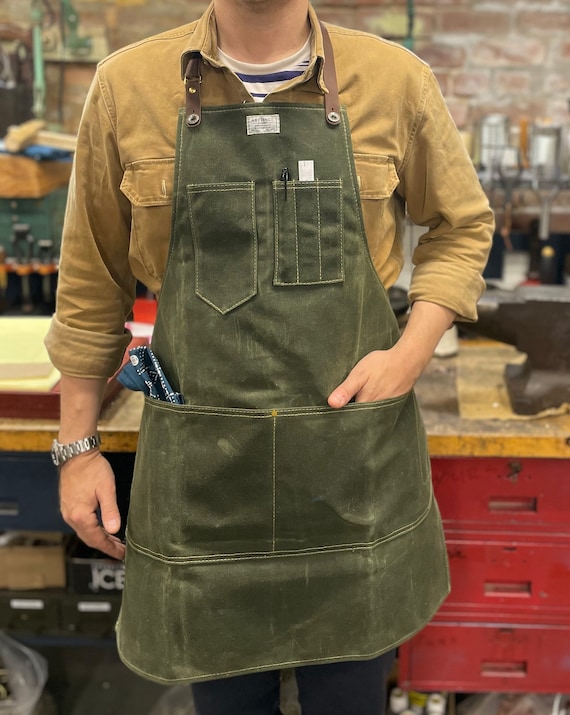
“Workshop Apron in Waxed Canvas W …” from www.etsy.com and used with no modifications.
The Sturdy Staple: Waxed Canvas Classics
Waxed canvas aprons are a favorite among woodworkers for their durability and resistance to water and stains. They’re tough, they look great, and they just get better with age. The wax coating helps to repel liquids and can be re-applied as needed to keep the apron in top condition. For more on the essentials for your woodworking shop, check out our comprehensive guide.

The Durable Choice: Premium Leather Favorites
For the ultimate in durability and protection, it’s hard to beat leather. A high-quality leather apron can last a lifetime if cared for properly. They’re resistant to punctures and cuts, making them ideal for woodworkers who handle a lot of heavy, sharp tools.
Leather aprons can be more expensive, but they’re an investment. Think of them like a good pair of boots – the more you wear them, the more they mold to your body, becoming a custom fit that’s comfortable and uniquely yours.
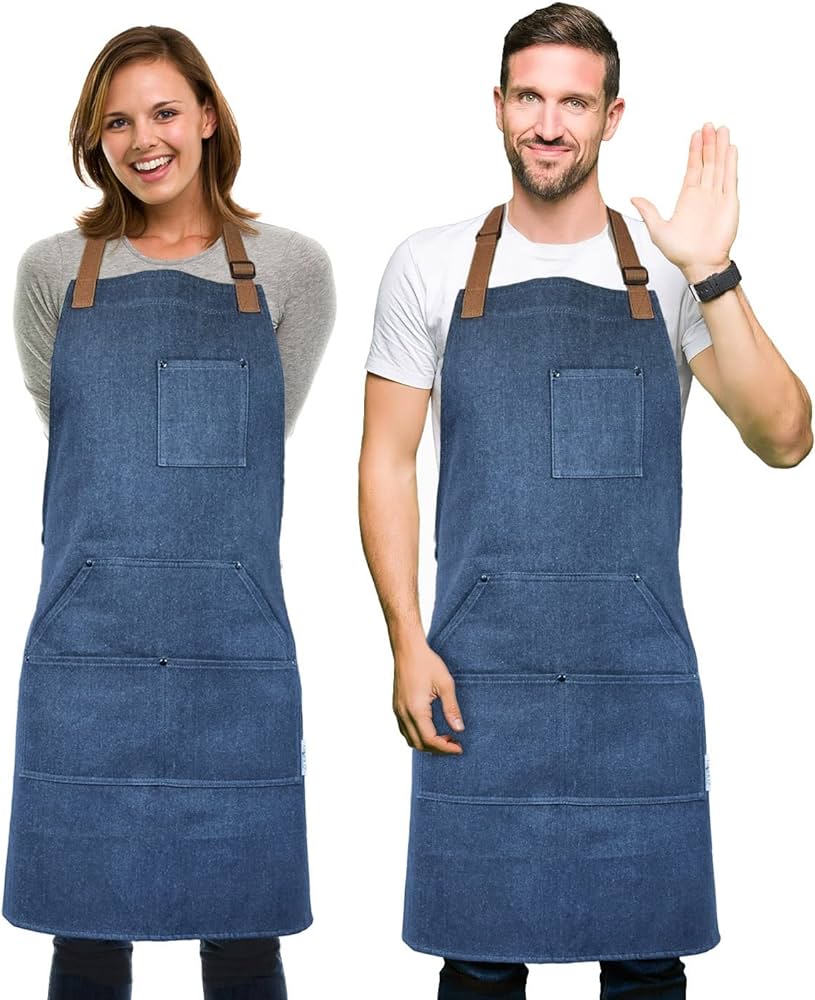
The Comfort King: Lightweight Denim Options
Denim aprons strike a balance between durability and comfort. They’re often softer and more pliable than leather or heavy canvas, which makes them a go-to for woodworkers who prioritize ease of movement. Plus, they have that classic look that never goes out of style. Denim is tough enough for most tasks but won’t weigh you down.
Final Thoughts on Woodworking Aprons
Just like with tools, you get what you pay for. A cheap apron might save you some money now, but you’ll likely need to replace it sooner. Spend a bit more upfront for an apron that will stand the test of time.
For more on woodworking tools, plans, and quick and easy woodworking projects, tap here.
Frequently Asked Questions (FAQ) On Woodworking Aprons
With all this talk about woodworking aprons, you might still have some questions. Let’s tackle some of the most common queries to help you make an informed decision.
1. How Do I Choose the Right Size Apron?
Choosing the right size of woodworking apron is crucial for comfort. Most aprons come with adjustable straps, so they’re one-size-fits-most. However, for the best fit, measure from the top of your chest to just above the knee for the length, and around your body at the waist for the width. Then, compare these measurements to the apron’s dimensions.
It’s also a good idea to consider the apron’s cut. Some are designed with a wider fit, while others are more form-fitting. Think about what will allow you to move freely and work comfortably.
2. What Should I Keep in the Pockets of My Woodworking Apron?
In your apron pockets, you should keep the tools and accessories you use most frequently. Here’s a quick list to get you started:
- A pencil or marking tool for quick measurements and markings.
- A small tape measure or folding rule.
- A few screws or nails if you’re assembling something.
- Safety glasses to protect your eyes.
- Ear protection if you’re using loud power tools.
Remember, the goal is to have what you need at hand without overloading yourself. For more detailed information on essential items for your workspace, check out this guide on setting up your woodworking shop.
3. Are There Aprons Designed for Women in Woodworking?
Yes, there are aprons designed specifically for women. These aprons take into account differences in body shape for a better fit and often come in a variety of styles. When choosing an apron, comfort is key, so it’s worth looking for one that’s designed for your body type.
4. Is It Worth Investing in a High-Quality Apron?
Absolutely. A high-quality apron is like a trusty tool—it’s an investment in your craft. Not only does it protect you and your clothes, but it also ensures that everything you need is within reach. With the right care, a good apron can last for years, making it a wise investment for any woodworker.
5. Where can I learn more about woodworking?
Here’s a great place to learn more about woodworking plans, tools, and ideas.
